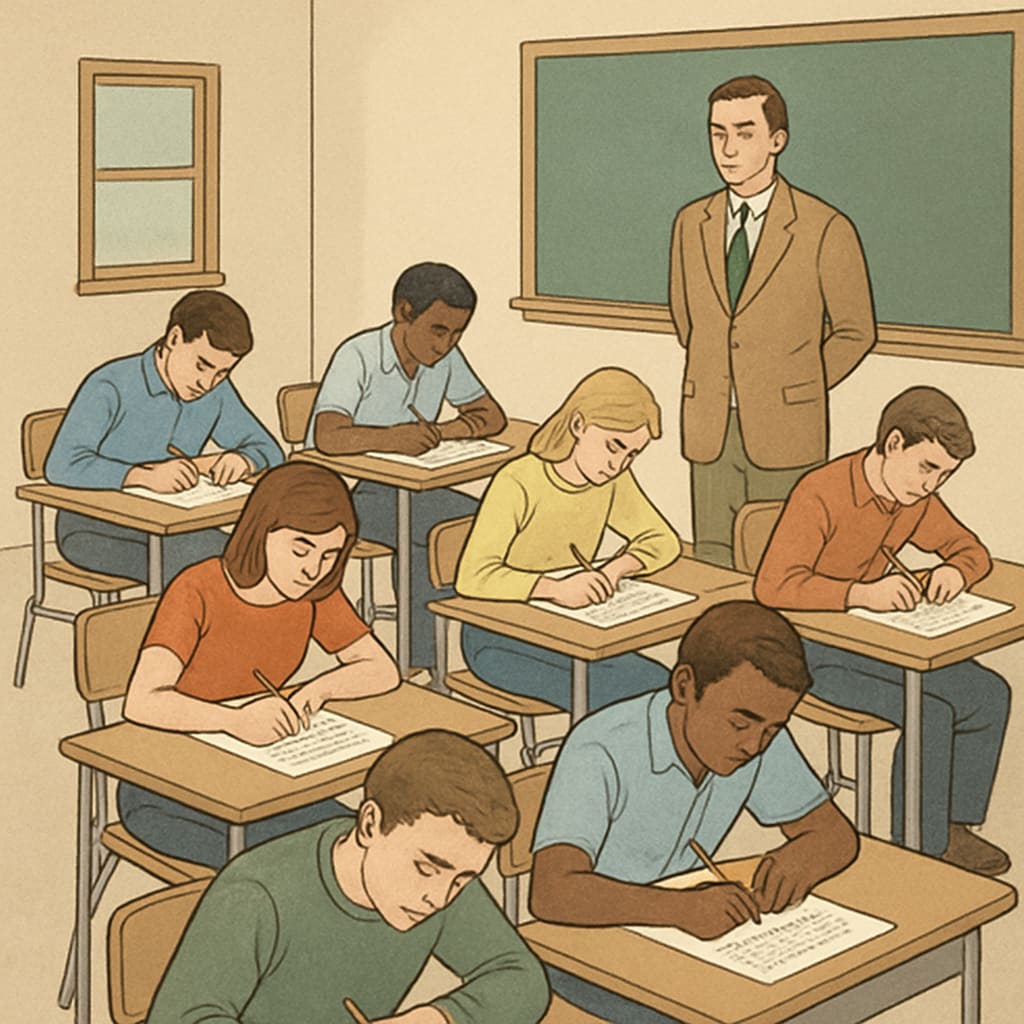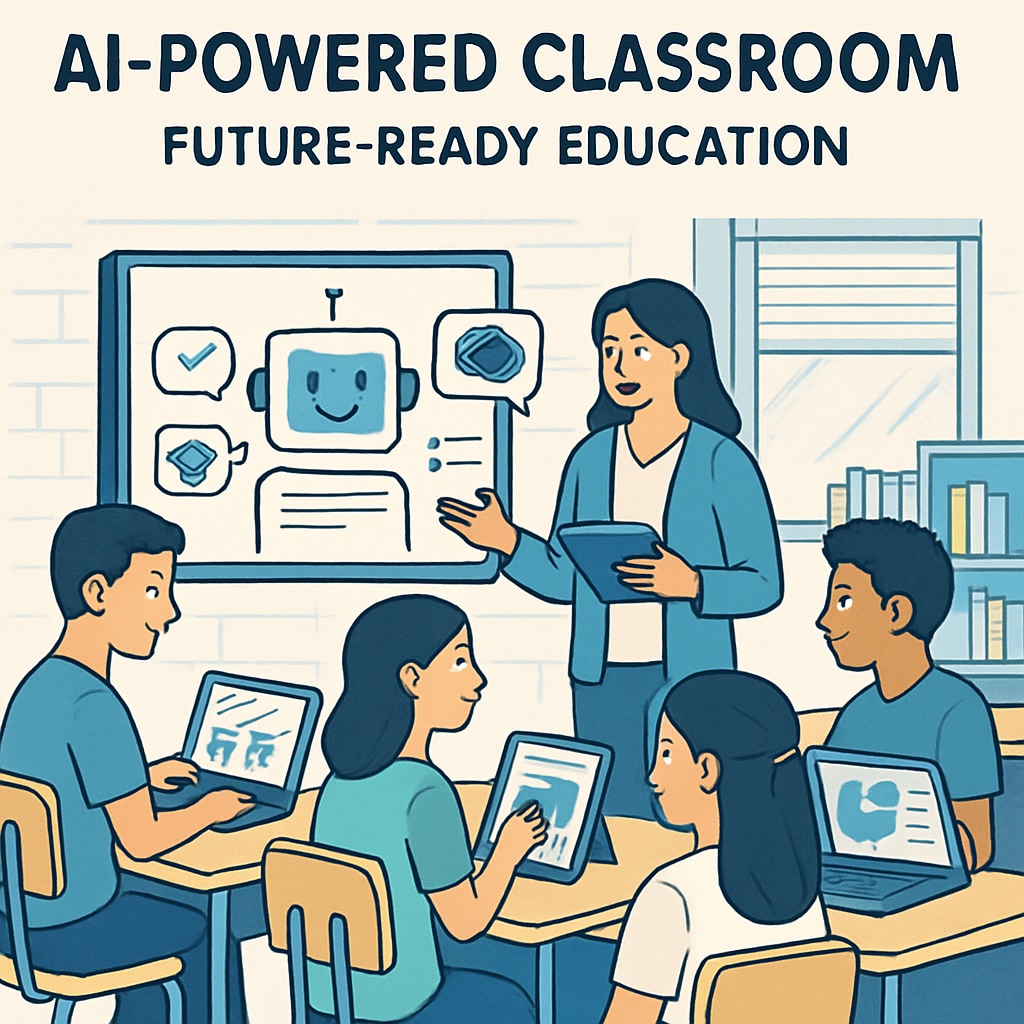The rapid rise of artificial intelligence (AI) is fundamentally altering how we evaluate and nurture talent. Traditional competitive exams, long considered the gold standard for assessing student potential, are increasingly showing their limitations in this new era. As AI reshapes industries and redefines skills, education systems must adapt to ensure that talent selection processes align with the demands of the 21st century.
The Shortcomings of Traditional Competitive Exams
Competitive examinations have historically focused on standardized testing, which prioritizes rote memorization and time-bound performance. While these metrics can measure certain academic proficiencies, they often fail to capture essential skills such as creativity, critical thinking, adaptability, and emotional intelligence—qualities that are becoming more valuable in the AI-driven job market.
For example, AI tools like ChatGPT can now solve complex problems and generate essays at a level comparable to or better than most students. This raises a pressing question: Are we assessing students’ genuine understanding, or merely their ability to replicate information that AI can easily produce? The reliance on traditional exams risks overlooking individuals with unique talents that do not conform to standardized benchmarks.

Why AI Demands a New Approach to Talent Selection
In the AI era, the nature of work is shifting towards tasks that require human ingenuity, ethical judgment, and interpersonal skills—areas where machines still lag behind. Consequently, the education system must embrace a broader approach to talent evaluation, one that values diversity in skills and learning styles.
AI itself can play a pivotal role in this transformation. For instance, adaptive learning platforms can provide personalized feedback and identify strengths in areas beyond academic performance. Similarly, AI-driven analytics can help educators design assessments that evaluate problem-solving abilities, collaboration, and resilience.
Moreover, incorporating project-based learning and portfolio assessments into mainstream education could offer a more comprehensive view of a student’s capabilities. These methods encourage students to engage with real-world problems and demonstrate their skills in a practical context.
Proposed Reforms for a Future-Ready Evaluation System
To address the limitations of competitive exams, education systems and policymakers must collaborate to implement meaningful reforms. Here are three key strategies:
- Incorporate Multi-Dimensional Assessments: Instead of relying solely on written exams, introduce assessments that evaluate a mix of cognitive, emotional, and social skills. For example, group discussions, role-playing exercises, and peer reviews can provide a more holistic understanding of a student’s abilities.
- Leverage AI for Personalized Learning Paths: Use AI-driven tools to create customized learning experiences that cater to individual strengths and weaknesses. This approach ensures that every student has the opportunity to excel in their unique areas of talent.
- Promote Lifelong Learning Over Single-Time Assessments: Shift the focus from one-time competitive exams to continuous evaluation throughout a student’s educational journey. This approach encourages consistent growth and reduces the undue pressure associated with high-stakes testing.
These reforms would not only create a more equitable education system but also prepare students to thrive in an AI-dominated future.

Conclusion: Nurturing True Talent in the AI Era
The advent of artificial intelligence presents both challenges and opportunities for education. While traditional competitive exams have served their purpose in the past, they are no longer sufficient to meet the demands of a rapidly evolving world. By embracing diverse evaluation methods and leveraging AI technologies, we can create a talent selection system that recognizes and nurtures true potential.
As governments and educational institutions take steps toward reform, the goal should not merely be to adapt to AI but to harness its capabilities to foster creativity, inclusivity, and lifelong learning. In doing so, we can ensure that the next generation is equipped to lead and innovate in an increasingly complex world.
Readability guidance: This article uses concise paragraphs, frequent transition words, and clear subheadings to ensure accessibility. Lists summarize key points, and each section connects seamlessly to the next for a cohesive reading experience.


